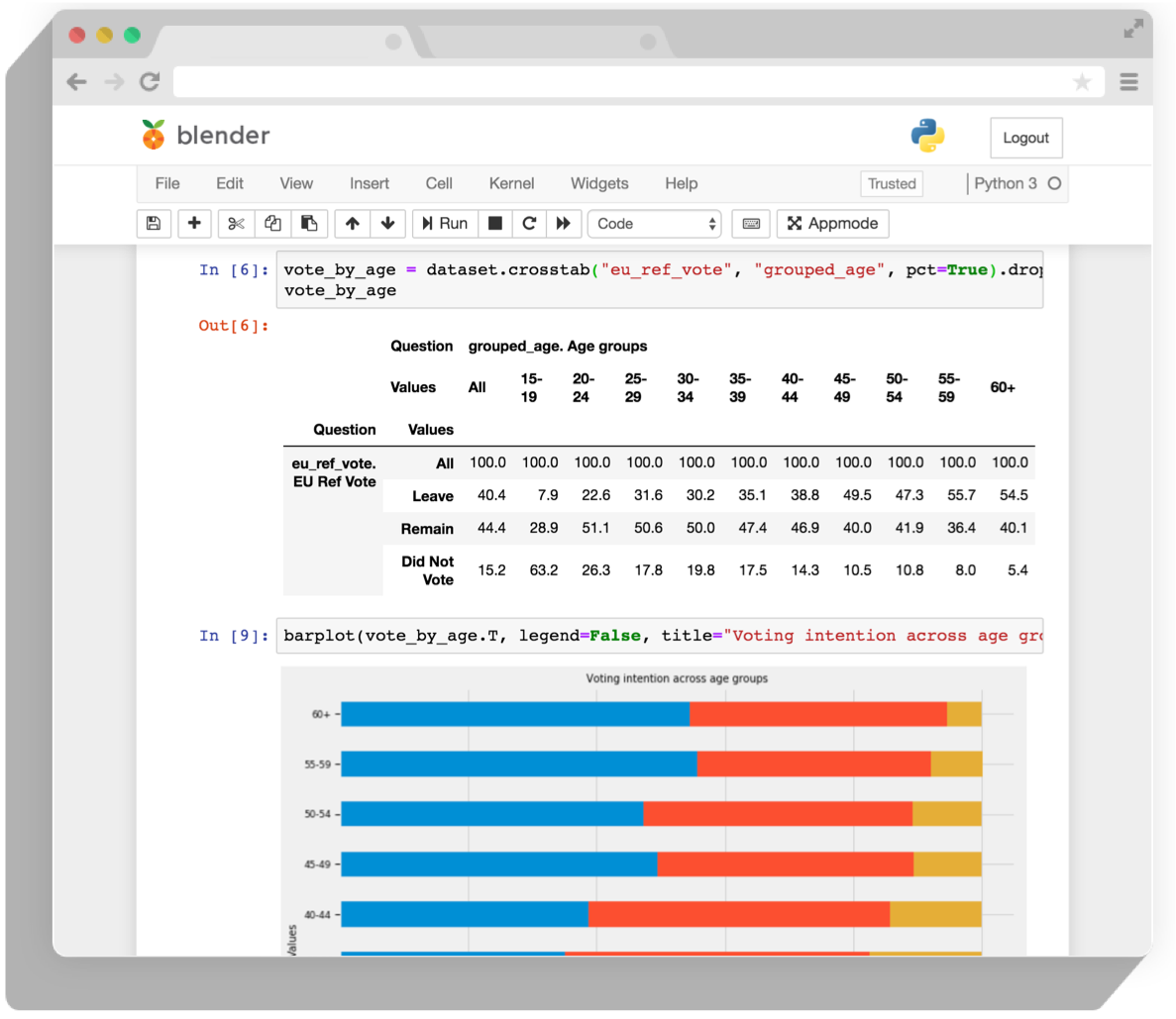

The goal with data analysis is to be able to condense large amounts of information into usable and understandable chunks.

Data are fun and can also be overwhelming. Hopefully you’ll even get more than a few back, and once you have a handful of completed questionnaires, your feelings may go from initial euphoria to dread. It can be very exciting to receive those first few completed surveys back from respondents. Here we’ll go over a few basics that can get you started as you begin to think about turning all those completed questionnaires into findings that you can share.įrom Completed Questionnaires to Analyzable Data
#Data analysis programs for surveys how to#
In fact, if you’ve ever taken a statistics class, you already know much about how to analyze quantitative survey data. Entire textbooks could be (and have been) written entirely on data analysis. We won’t spend as much time on data analysis, or what to do with our data once we’ve designed a study and collected it, but I will spend some time in each of our data-collection chapters describing some important basics of data analysis that are unique to each method. This text is primarily focused on designing research, collecting data, and becoming a knowledgeable and responsible consumer of research. Describe what a contingency table displays.Describe each of the measures of central tendency.Define univariate, bivariate, and multivariate analysis.Describe what a codebook is and what purpose it serves.Define response rate, and discuss some of the current thinking about response rates.


 0 kommentar(er)
0 kommentar(er)
